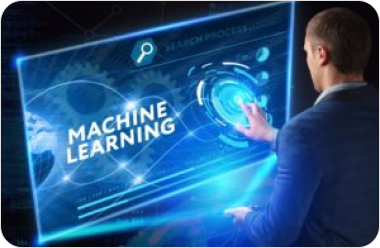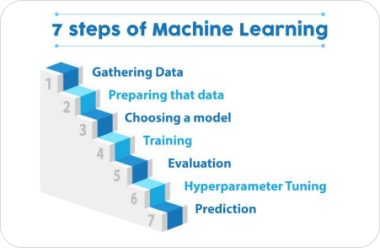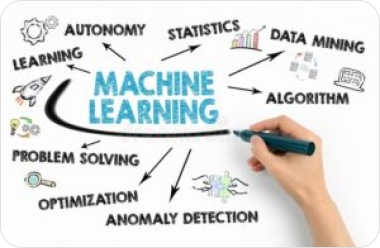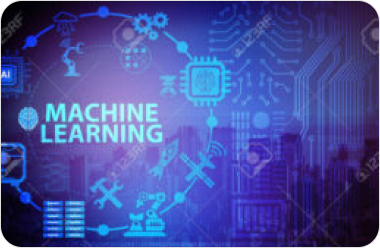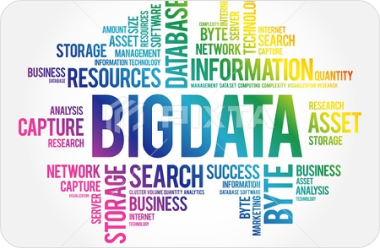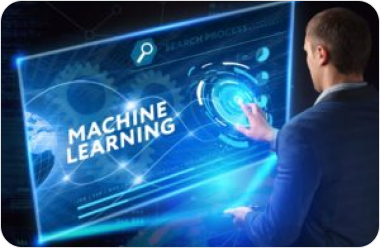Machine learning can be a difficult concept to grasp, so let’s take a step-by-step approach towards understanding how a machine learns from data. At its core, machine learning is a process in which a computer program uses algorithms to automatically improve its performance on a task based on data. Here are the key steps involved in this process:
- Data Collection: The first step in machine learning is to gather relevant data. This can include structured data (such as numerical values in a database) or unstructured data (such as text or images).
- Data Preprocessing: Once the data is collected, it needs to be cleaned and preprocessed. This involves removing any irrelevant or duplicate data, handling missing values, and transforming the data into a format that can be easily fed into a machine learning algorithm.
- Model Selection: The next step is to choose an appropriate machine learning model based on the type of data and the problem you’re trying to solve. There are many different types of machine learning models, such as decision trees, support vector machines, and neural networks.
- Training the Model: The machine learning model is then trained on the preprocessed data. During training, the model adjusts its parameters to minimize the difference between its predicted outputs and the actual outputs in the training data.
- Testing the Model: After the model is trained, it needs to be evaluated on a separate set of data (called the testing data) to see how well it performs on new, unseen data. This step helps to prevent overfitting, which is when a model performs well on the training data but poorly on new data.
- Model Deployment: Once the model is trained and tested, it can be deployed in a real-world scenario to make predictions or automate decision-making processes.
In summary, machine learning involves collecting and preprocessing data, selecting an appropriate model, training the model on the data, testing the model’s performance, and deploying the model in a real-world application. By following these steps, machines can learn from data and make accurate predictions on new, unseen data.
